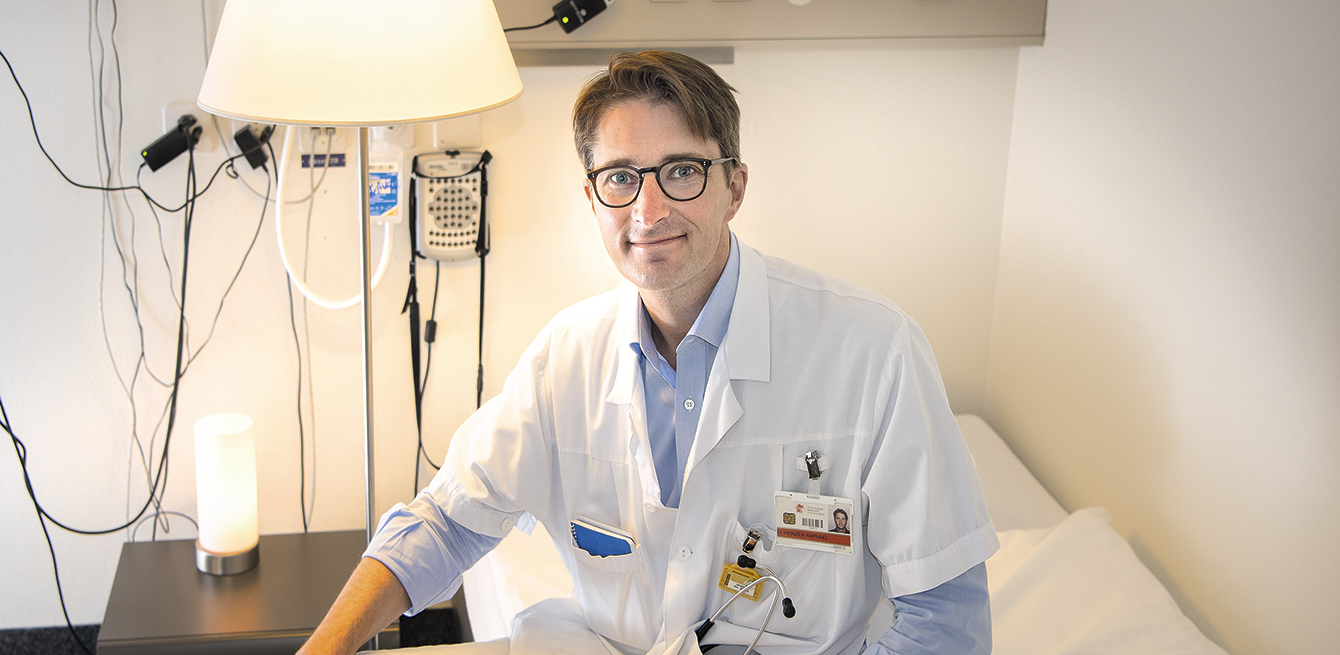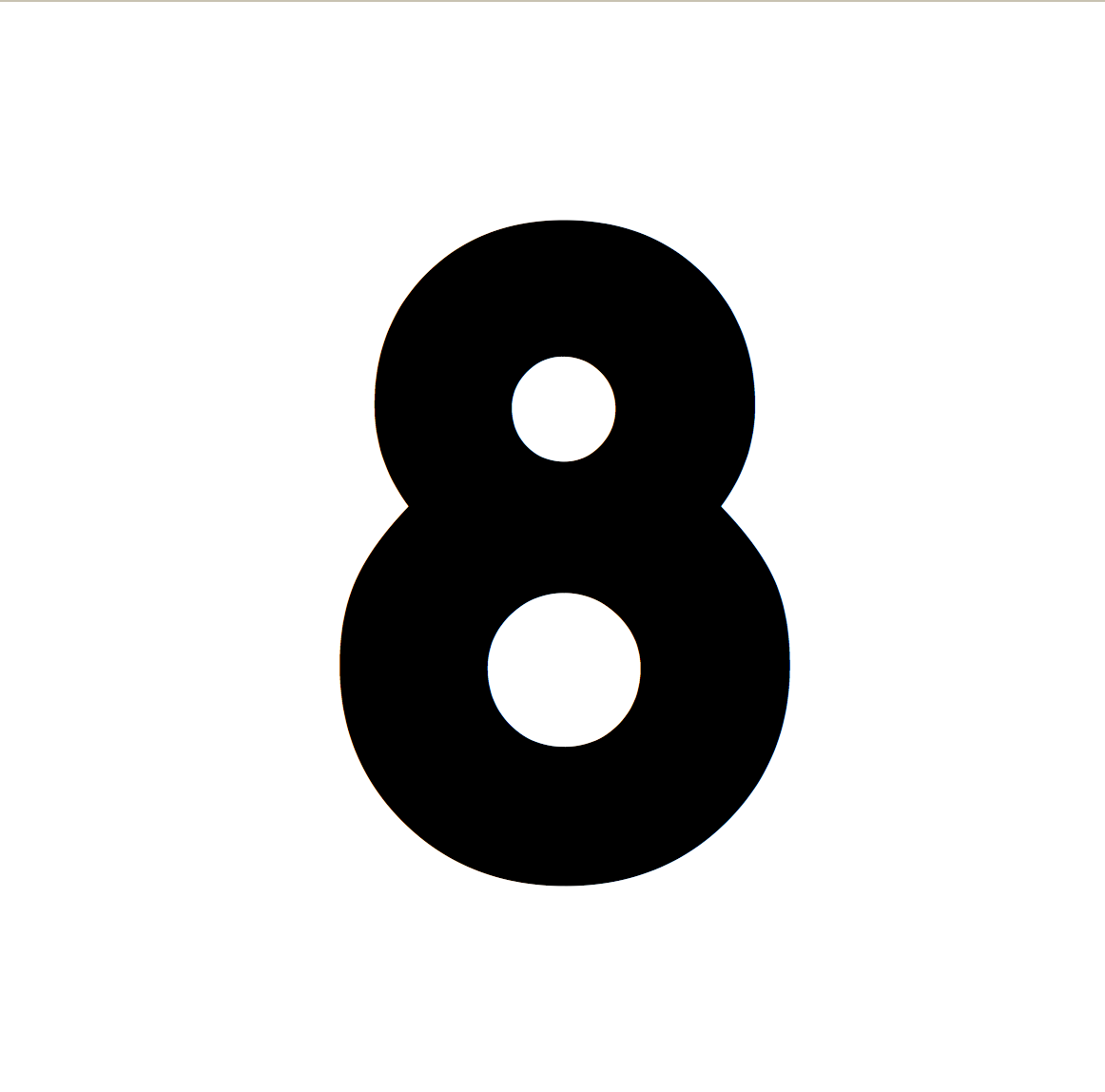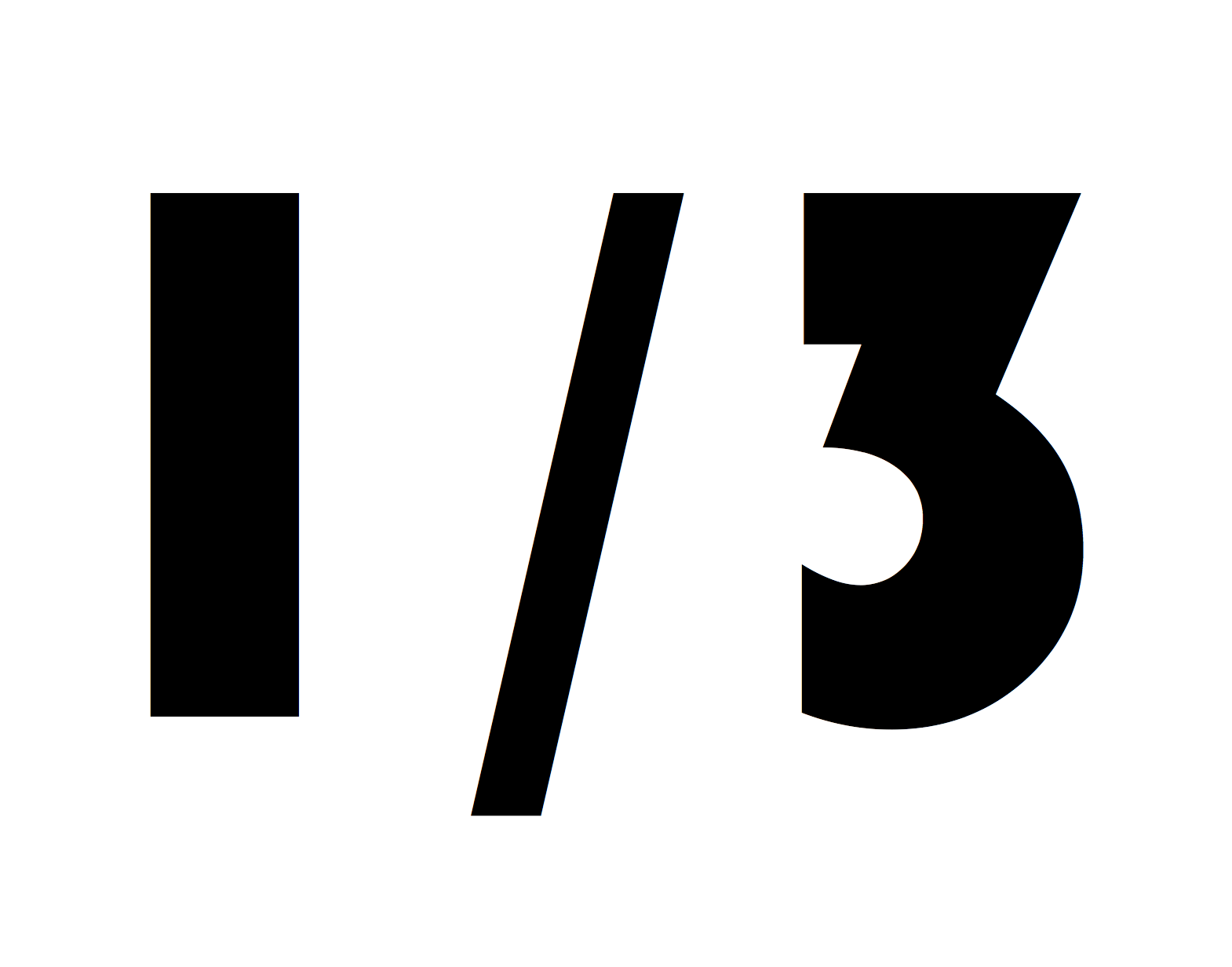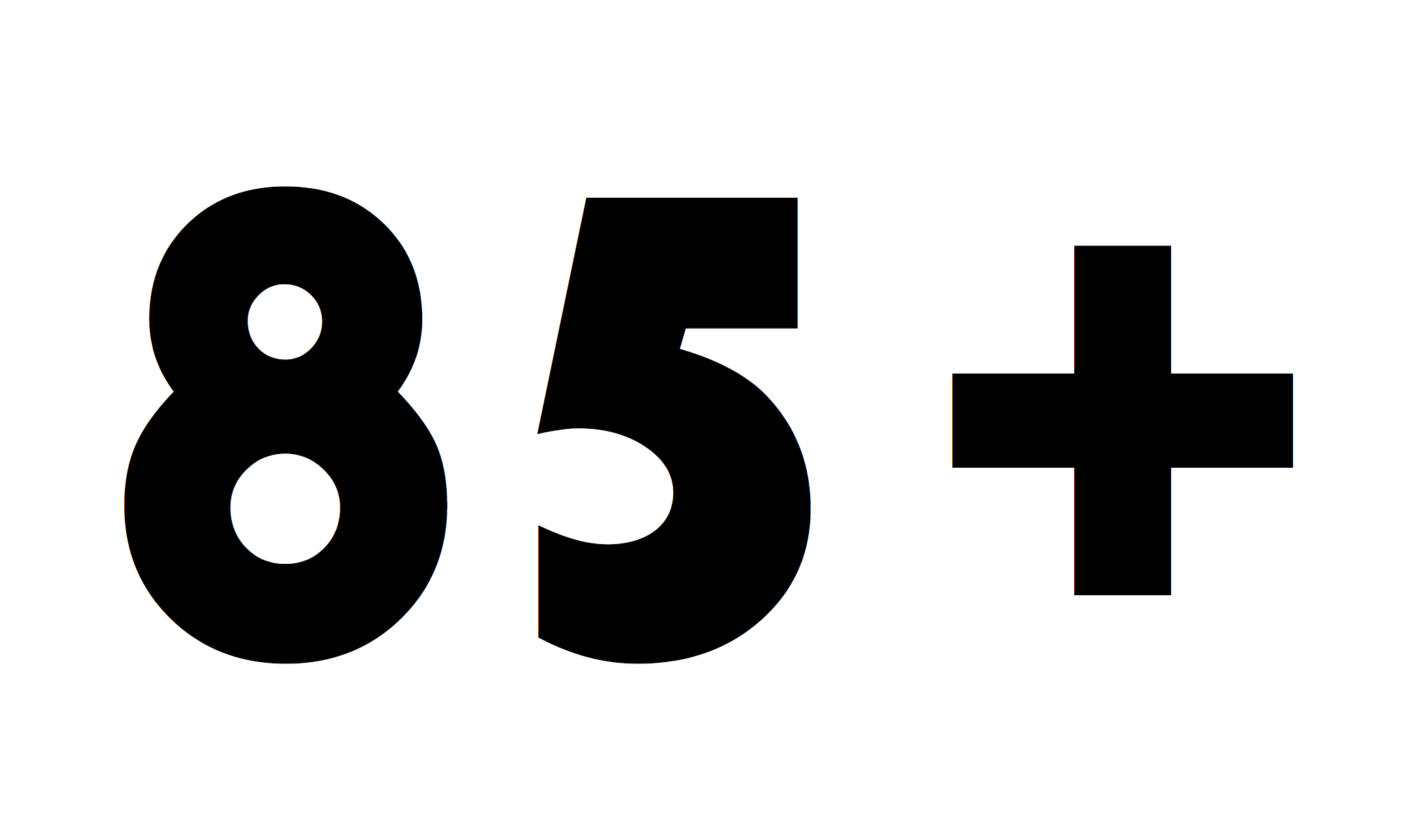
Nearly one-third of the Swiss population suffers from trouble sleeping. Scientists are developing techniques that combine connected applications with robotics to combat this serious problem.
Not long ago, Emilie Ostertag, 31, struggled to stay awake while watching TV or finishing a film. “Even in the middle of the day, while I was at work or eating, I would become incredibly tired. In the car, I’d have to stop regularly to take quick naps.” The Geneva native’s constant state of exhaustion also impacted her social life: “When I went out with my friends, I was always the first to go home!” Two years ago, after a visit to her doctor for severe chronic headaches, Emilie Ostertag discovered she suffered from hypopnea, or moderate sleep apnea.
This sleep disorder is characterised by a partial obstruction of the pharynx, which reduces airflow by over 50% for at least ten seconds. This in turn decreases blood oxygen levels or momentarily awakens the person from sleep.
“Sleep apnea is more common than you would think,” says Raphaël Heinzer, senior physician at the Sleep Investigation and Research Centre at the Lausanne University Hospital and associate professor at the University of Lausanne.
The HypnoLaus cohort study, which was conducted in the Lausanne region on over 5,000 people between 2009 and 2013, revealed that 49% of men and 23% of women had over 15 episodes of apnea per hour of sleep.
Another figure speaks to the trouble the Swiss have with sleeping. Nearly one-third of the population has trouble falling asleep or suffers from insomnia according to the Swiss Federal Statistical Office. The prevalence of this problem increases with age: 25% of people aged 15–34 are affected, but this figure increases to 40% for people aged 65 and older. A study out of the University of Basel suggests the use of electronic devices decreases sleep duration and increases sleep disorders. Lausanne University Hospital's physician Raphaël Heinzer estimates that one out of two people could experience at least one episode of insomnia in their lifetime.
In addition to consequences on their personal and professional lives, including forgetfulness and a drop in concentration and performance, sleep disorders also affect health. “Repeated asphyxia over night, which occurs because of apnea, forces the heart to work more intensely at the exact moment when it lacks oxygen,” explains Raphaël Heinzer. People suffering from apnea have a stroke risk that’s two times higher than the general population. The condition could also exacerbate metabolic diseases such as diabetes. It also increases their risk of depression.
Where does this problem come from? According to Raphaël Heinzer, the answer has to do with our lifestyle. “Over the past 100 years, we’ve lost an hour and a half of sleep. Today, this problem is even worse because the pressure to perform well is much higher than before. We sleep less to work more or have more leisure time.” Our expectations towards sleep have also changed. “We want to control everything, including the way we sleep. This is due in part to the media attention sleep disorders have received and the scientific breakthroughs that have occurred in this field in the past 20 years. However, the more we try to control our sleep to perform better the next day, the harder it is to fall asleep.”
The specialist doesn’t recommend using electronic devices to measure your sleep. “They aren’t accurate and don’t help you sleep. You are a much better judge of your sleep quality.”
There are treatments to help people suffering from sleep disorders have a better quality of life. Psycho-physiological insomnia can be treated with medication. This type of disorder is triggered after a severe bout of insomnia caused by a difficult life event. Some people develop a form of anxiety focused on not being able to sleep and struggle to fall asleep as a result. In this case, Raphaël Heinzer recommends cognitive behavioural therapy. “It consists of simple techniques that aim to reorganise your sleep, such as temporarily restricting the time you spend in bed,” explains the specialist. “It also involves working with a psychologist to get rid of the negative association you have with your bed and regain confidence in your ability to sleep.”
A Dutch start-up out of the University of Delft, Robotics Institute, is turning to technology to offer a solution. It has developed a robot, called “Somnox”, to improve sleep quality. The machine consists of a peanut-shaped cushion that inflates and deflates, thereby imitating the breathing pattern of a sleeping person. The user will unconsciously emulate the same respiratory rhythm as the robot and fall asleep more quickly. Somnox was presented in early 2018, and the first deliveries are planned for the end of the year.
There are already several solutions to reduce sleep apnea. Ventilators, known as CPAP (continuous positive airway pressure) machines, deliver air to your airways using a mask that covers the nose alone or nose and mouth. This pressure keeps the airways from closing, thereby preventing apnea. For less severe cases, aligner therapy is preferred. This device pulls the lower jaw forward during sleep to open up the trachea. New techniques are being developed as well: “Most cases of apnea occur when you sleep on your back,” says Raphaël Heinzer. A start-up recently designed a chest band that vibrates whenever you’re in this position. Little by little, users learn to not sleep on their backs.
Another method consists in the installation of an implant stimulating the nerves controlling the respiratory functions. This is the principle of the “Inspire” system, used to treat obstructive sleep apnea. Analyzing the patient’s breathing, the device sends impulses to the hypoglossal nerve, in charge of the movements of the tongue and muscles related to the airways. “This treatment should only be used in the toughest cases when the patient has trouble tolerating the ventilator,” says Raphaël Heinzer.
Advancements are also being made in diagnostic techniques. To avoid spending nights analysing patients’ sleep, a costly procedure with limited availability, Heinzer’s team developed a testing tool.
The NoSAS score, which is also available via a smartphone app, allows researchers to determine an individual’s risk for sleep apnea.
The survey focuses on five factors: neck circumference, body mass index, sex, age, and snoring. “If the total is below eight points, the risk for sleep apnea is excluded with a certainty of 90% to 95%,” says the specialist. “Above eight points, we recommend the patient consult a doctor, who can schedule a sleep test if he or she deems it necessary.”
“We have lost an hour and a half of sleep in the past century,” says Raphael Heinzer, senior physician at the Sleep Investigation and Research Centre at the Lausanne University Hospital and associate professor at the University of Lausanne.

The percentage of the Swiss population that regularly uses sleeping pills.

The proportion of the Swiss population that suffers from trouble sleeping.

People aged 85 and older have trouble sleeping twice as often as young people between the ages of 15 and 24 (36% compared 19%).